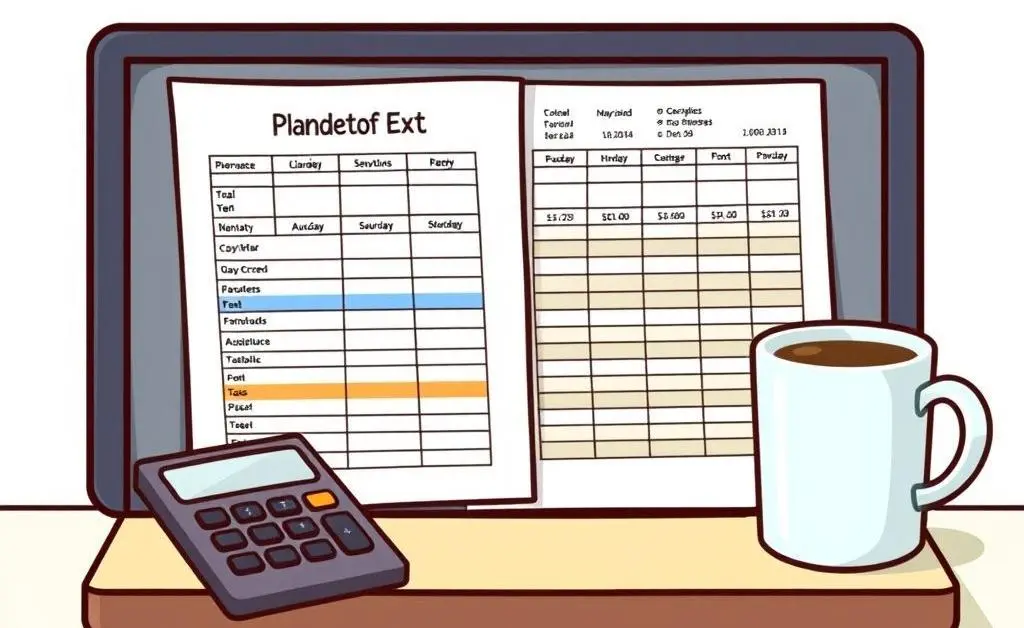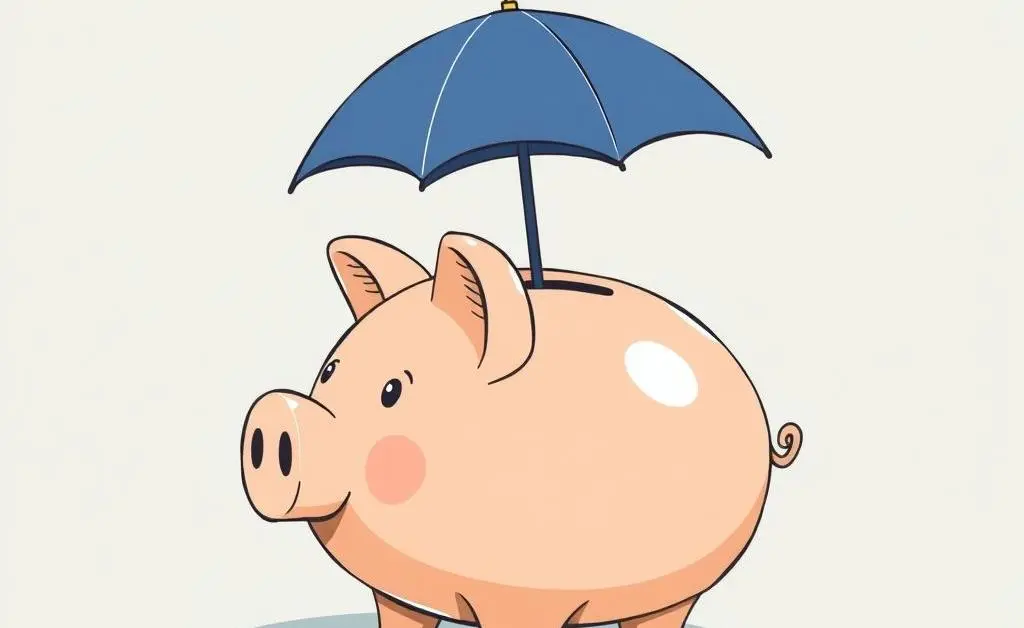How to Build a Rainy Day Fund: A Simple Guide to Financial Peace of Mind
Discover simple steps to build a rainy day fund and achieve financial security.

Picture this: you're relaxing on a Sunday afternoon when suddenly, your water heater makes an ominous gurgling noise and stops working. We all know unexpected expenses can strike at any moment, often out of the blue. This is where a 'rainy day fund' comes to the rescue, providing a safety net in life's little surprises.
What is a Rainy Day Fund?
A rainy day fund is essentially a small pool of savings set aside for unexpected, minor expenses. It's like keeping an umbrella in your car, just in case it rains when you least expect it. Unlike an emergency fund, which is for major life changes or emergencies, a rainy day fund covers smaller, yet pesky distractions like car maintenance or minor home repairs.

Why You Need One
Life is full of surprises, and not all of them are fun. Here’s why having a rainy day fund can be a life-saver:
- It helps you handle small expenses without stress.
- Prevents you from dipping into long-term savings.
- Offers peace of mind knowing that you're prepared.
Building Your Fund: Step by Step
Creating a rainy day fund doesn't need to be complicated. Follow these simple steps:
- Set a Goal: Decide how much you need. A good rule of thumb is to have at least $500 to $1,000, depending on your lifestyle.
- Open a Separate Account: Keep your rainy day fund separate from daily expenses to resist the temptation of dipping into it.
- Automate Savings: Set up a small automatic transfer each payday. A little goes a long way when savings accumulate.

When to Use Your Fund
Use your rainy day fund for unexpected events that aren't emergencies, like car repairs or minor health expenses. Remember, it's not for whims or wants!
Building a rainy day fund is about creating a buffer against the unpredictabilities of life. Imagine being able to replace that sputtering water heater without breaking into a sweat. Do you have an umbrella in place for those rainy days? If not, what stops you from starting one?





